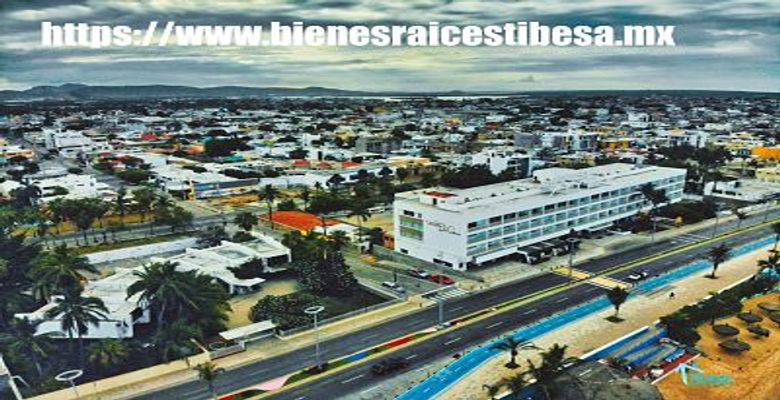
DESIGNING NEW URBAN SPACES AFTER COVID-19,
DESIGNING NEW URBAN SPACES AFTER COVID-19, A PERSPECTIVE FROM ARTURO AISPURO
The effects of the pandemic in health, economy, industries, and other aspects of the everyday life in Mexico are evident. Approximately six month ago, the first case in the territory was reported and we, the citizens, are still questioning how the future will look like framed under the so-called “new normal.”
“We need to understand that reality changed in city life. Those spaces we used to frequent in our everyday routines are being used with a lower capacity than ever before. Public transportation, commercial properties, malls and offices are still relatively empty and waiting for authorities guidelines on how people can get back to them” said Arturo Ainspuro, ex Urban Development and Housing Secretary of Mexico City, during his conference “A New Urban Order”, his intervention at the Real Estate Summit InCON Mexico 2020.
The ex-public officer commented that nowadays new real estate developments are integrating elements to guarantee a safe distance between its users, a measure that wasn’t even contemplated before the pandemic. The health crisis has evidenced that most public spaces aren’t prepared to accommodate to the new necessities, so thinking about the modifications in infrastructure, buildings and cities is a new priority because they need to be adapted to the changes in our daily life due to COVID-19.
Talking about cities, one of the first changes derived from COVID-19 was adapting homes to numerous activities that were usually done in other spaces. That is the reason why redesigning homes to transform them into multiple-use spaces is one of the most discussed topics among specialists. However, Ainspuro believes that the discussion shouldn’t be about this as it could be a potential momentary solution. The real modifications should be done beyond the home space and affect the whole urban landscape.
Even if home office and other technological tools have eased the transition of normal activities and routines into our homes, this change has also pushed humans to be less active than before thus increasing the risk of mortality related to stress and obesity. Aispuro said that “a healthy city is the one that is characterized by and can provide to its habitants the possibilities to do any activities that we require as human beings to keep us healthy.”
Aispuro claimed that these new debates are rooted in a public health crisis, therefore any new policies as well as infrastructure and building trends must put public health in the spotlight. However, this doesn’t mean that other public policies should be left behind, especially those concerning housing, social equipment, public transportation, competitivity, job opportunities, integrity, innovation, and technology.
Aispuro also mentioned that building a safe post-COVID city requires to solve old issues such as the building of infrastructure, the supply of essential utilities such as drinking water and plumbing to any city, the design of green areas for recreational purposes, and the promotion of a self-care culture in the population.
Taking everything into account, the ex-Secretary explained what he considers as the three essential elements in the transformation of urban spaces after the pandemic:
Cities must have a viable urban development program that accomplishes its objectives while it adheres to policies in which public health is a priority.
To guarantee those actions with a trust with the indispensable resources.
Create a new document with all the norms and laws related to urban spaces.
“Under this new paradigm, investment is no longer seen as an enemy of the city because it facilitates the achievement of many social, environmental, health projects” Aispuro remarked.
Cities like Mazatlán, Culiacán, Los Mochis, Tepic, Ciudad de México, Toluca, Querétaro, Puebla, Guanajuato, Guadalajara, Zapopan, Zacatecas, Durango, Gómez Palacio, Torreón, Saltillo, Monterrey, Chihuahua, Tampico, Tijuana, Mexicali, Hermosillo and Obregón have additional challenges to face while adapting their urban space to the “new normal.” Nevertheless, they have started to adopt policies that promote the guidelines for the transformation of the urban space established by Aispuro.
Aispuro also commented some other key points to consider in future residential and commercial buildings:
Adding spaces for recreation and physical activities in buildings to promote health.
Designing places that guarantee new health policies as well as most effective communications and connectivity.
“The greatest developments, historically, have achieved the best use of land to ensure the biggest rentability. I think that nowadays we are learning that the highest rentability is not in stacking everything, but in including elements that allows those who habit in those buildings to have a better life quality” concluded Aispuro in his presentation.
Keywords: change in urban spaces, transformation of urban spaces, new normal, design of the urban space, COVID impact on urban spaces, COVID and real estate development, Arturo Aispuro.